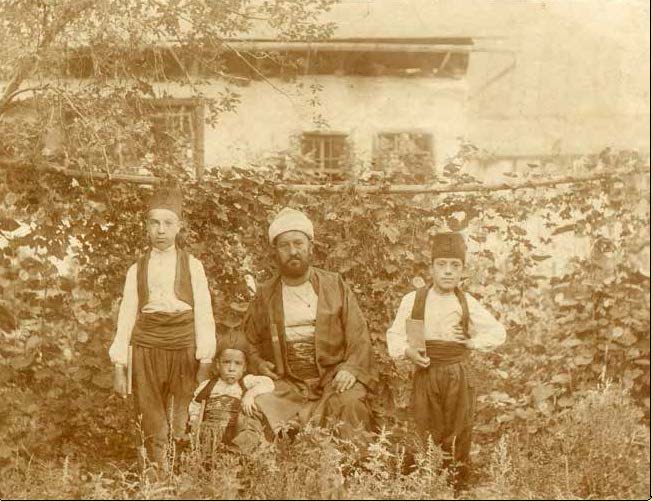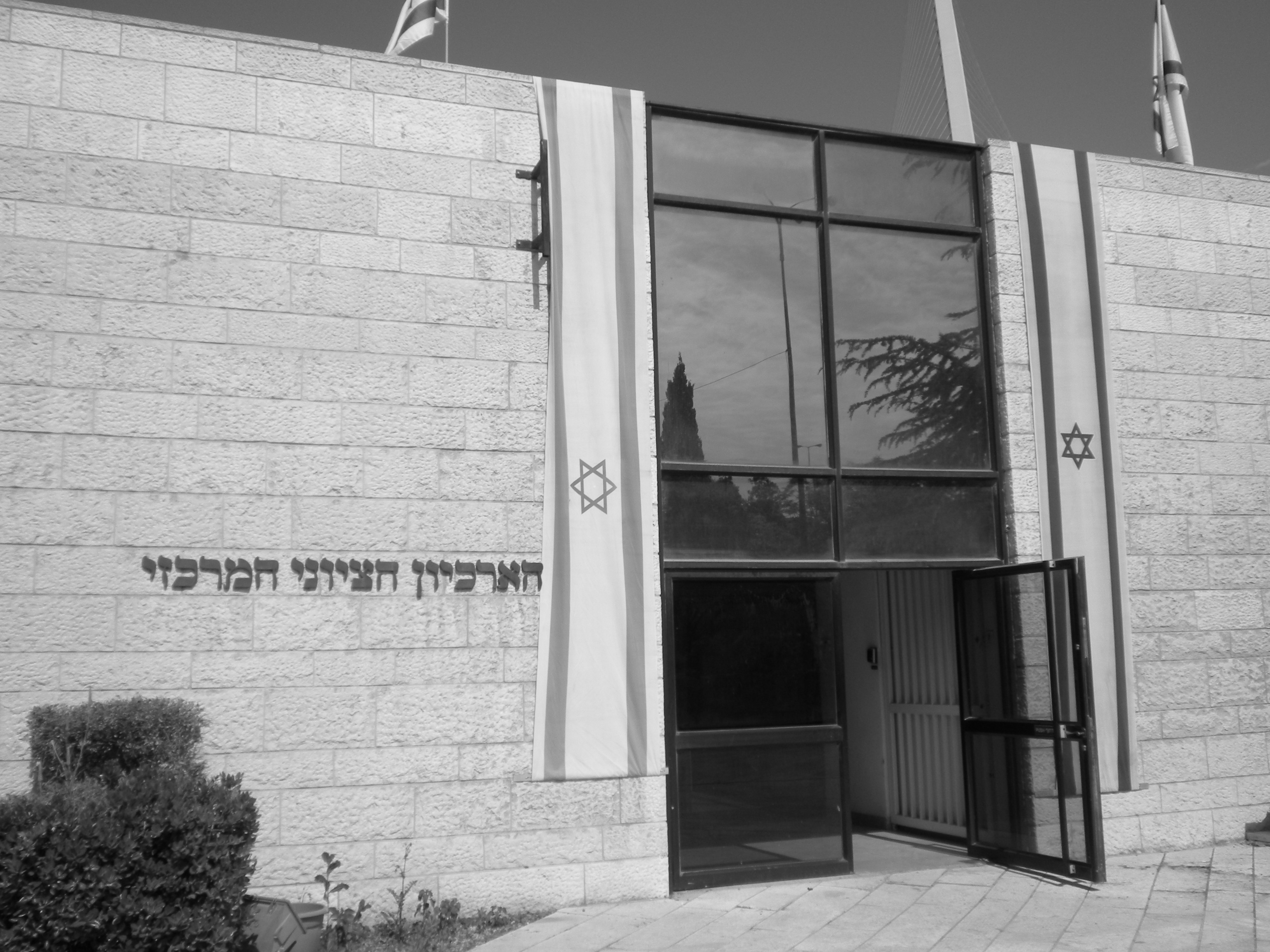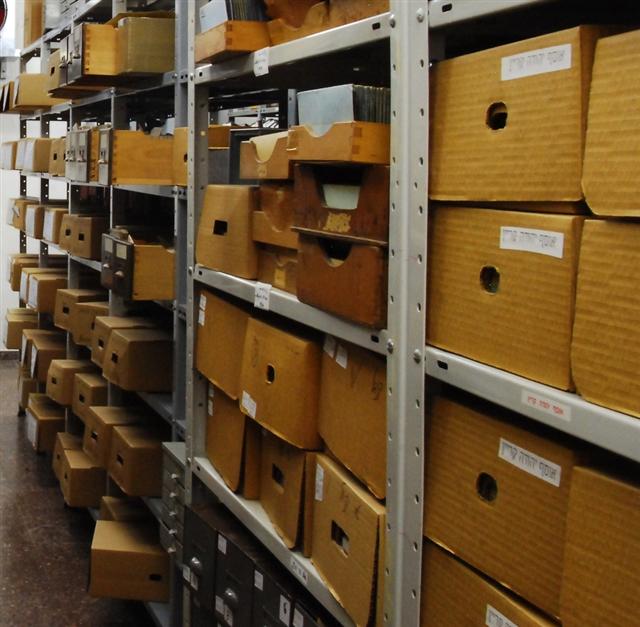Written by Claire Gilbert
The Archivo General de Simancas (AGS) is the primary central archive of the Hispanic Monarchy for documents from the sixteenth to eighteenth centuries, although it also holds documents dating from the medieval period. It is located in the fifteenth-century castle of Simancas in a small village of the same name, ten kilometers from Valladolid. It is a valuable repository not only for the study of early modern Iberian empires, but also for North Africa and the Mediterranean.

History
The history of the AGS has its precedents in the consolidation of the royal archival depository in the first part of the sixteenth century, first on the orders of Ferdinand II of Aragon and then under his grandson Charles V in the 1540s. Charles’s son, Philip II, made the founding of a permanent physical repository of state documents a priority, not long after founding a permanent capital in Madrid and the royal library in El Escorial (which included a collection of Arabic texts). The site was renovated throughout the sixteenth century in order to transform it from a state prison to the royal state archive, and for several decades the two functions coexisted. In 1599 the military head of the prison-fortress was permanently replaced with the head archivist. All documents pertaining to the business of the Hispanic monarchy were thereafter deposited and preserved in the archival fortress, where historians requested special permission to consult them. The archive was partially relocated during the War of Spanish Succession (1701-1714), but the documents were subsequently returned to Simancas. In the eighteenth century most documents pertaining to Spanish possessions in and trade with the Americas were moved from Simancas to the Archivo General de las Indias in Seville. During the Peninsular War and Napoleonic occupation (1807-1814), many state papers from Simancas were captured and transported to France, including many papers relating to Spanish enterprises in North Africa, although almost all have since been returned. While most documents pertaining directly to royal administration remained in Simancas, other state documents (including those pertaining to the Inquisition, which confiscated Arabic documents) began to be deposited in or were transferred to the Archivo Histórico Nacional in Madrid. Today the AGS is part of a modern network of Spanish state archives, run by the Ministerio de Educación, Cultura, y Deporte (Ministry of Education, Culture, and Sport, MECD), formerly Ministerio de Cultura. This network also includes the Archivo Histórico Nacional, the Archivo de la Corona de Aragón and the Archivo General de Indias, among several others. A complete list may be found on the MECD website.
Collection:
The AGS houses many documents related to the history of diplomatic and commercial relations between the Hispanic Monarchy and different Muslim powers and communities. Most documents are in Spanish, Italian, and other European languages, but there are documents in Arabic and Ottoman Turkish, and possibly in Persian —as part of the Habsburg-Safavid diplomatic correspondence—as well as translations from those languages into Spanish or Italian. These are likely to be found interpolated with diplomatic correspondence and reports. After the eighteenth century, complementary collections concerning diplomatic relations with the Ottoman Empire were to be found in the Archivo del Ministerio de Asuntos Exteriores (AMAE) in Madrid. The AMAE was closed last year, and although the documents have been transferred to the Archivo Histórico Nacional in Madrid and the Archivo General de la Administración in Alcalá de Henares, the AMAE collections are not currently accessible for researchers. Arabic documents produced in or sent to Valencia and Catalunya are more likely to be found in the rich Arabic collections of the Archivo de la Corona de Aragón in Barcelona, where they may be accessed, in part, online via PARES.
The holdings of Simancas, which are vast, are divided into twenty-eight broad collections, within which there are many subdivisions. Collections of particular interest for scholars of North Africa, the Mediterranean, the Middle East, and Islamic Spain are Patronato Real, Secretarías del Consejo de Estado, Secretarías de los Consejos de Flandes, Italia y Portugal, and Guerra y Marina, although there are documents relating to Islamic Spain, North Africa, and the Mediterranean to be found throughout the archive. The bulk of Patronato Real documents, including treaties between Castile and Nasrid Granada dating from 1406, are digitized and available online at PARES. The other collections must be consulted at Simancas. The most common method of cataloging across the collections is by individual name, place name, and date range, so scholars will want to formulate their research questions in this particular archive following these kinds of keywords through the different collections. There is no standard catalog across the archive, although the online database (PARES) is a good place to start and can support keyword searches other than name, place, and date. The online search is useful if you are not at Simancas but it can only take you so far. The real map to the holdings is to be found in the paper catalogs in the AGS reading rooms, which correspond to specific collections and which are quite heterogeneous in organization and layout.

The AGS also holds a rich collection of maps and drawings, including of sites in North Africa. The entire maps and drawing collection (Mapas, Planos y Dibujos) has been digitized. More information about the collection and how to consult it can be found here:
The Research Experience:
Researchers can bring only pencils, laptops, and half sheets of paper (provided) into the reading room. All other belongings are left in lockers in the break room. There are spaces for at least twenty researchers in the reading room, with additional space in a neighboring room, and it is rarely full, except in the summer months.
Since 2013, document requests are now made from one of two computer terminals in the reading room, as part of a now standard practice across state archives. You use the username and password that are issued to you with your research ID (carné de investigador). Document requests are fulfilled as they are received, and it usually takes about 15-20 minutes for the documents to be brought to the reading room. A researcher may request three legajos at a time and there is a limit of 10 legajos per day.
There is an active program of digitization across the Spanish state archives, including Simancas. However, by far the bulk of the materials remain available in manuscript format only. There is no single catalog of the AGS, although the Simancas holdings are partially described online as part of the main archive bibliographic database, PARES. Some of the documentary collections have published catalogs, which may be available in university libraries. The entire catalog collection may only be consulted completely in the Simancas reading rooms. Most catalogs are available for consultation on the reading-room shelves. Some of the collections still rely on seventeenth-century catalogs, which must be requested from the archivist.
The archivists at the AGS provide outstanding research help and can help guide researchers to the right collections and catalogs based on their topics and questions. The best place to start for any researcher is with a copy of the guide, Archivo General de Simancas: Guía del investigador (1962), sadly out of print but available in many university libraries and in several well-worn copies in the AGS reading room. This guide gives a detailed overview of the collections, their subdivisions, and the date ranges in each. The guide is not a substitute for the catalogs, but is an important first step to understand the possible research directions one may take in the AGS.
The AGS also houses a respectable research library collection with books and articles related to early modern Spanish history and in particular related to research topics that may be done from Simancas. The library catalog can be found here. Users should specify “Biblioteca: Archivo General de Simancas.” Researchers can request books to be delivered to the reading room, and this can be a valuable compliment to manuscript research. There are also a range of dictionaries on the shelves that researchers may use as they wish.
The archive staff is kind, professional, and thoroughly knowledgeable about the collection. New researchers will have a chance to speak with the Jefa de sala (Head of the Reading Room), who will help orient you in the catalogs and give guidance about which collections to search based on your research topic. Spanish is the primary language of communication, and is recommended, although the archivists are scholars themselves and thus possess a range of fluency in other languages. The researchers are also an international group, so for those researchers who do not speak Spanish, it may be possible to find someone to help translate in a pinch. The most prudent strategy would be to arrive with a version of your primary research topic in Spanish, although there will likely be a multilingual and friendly group in the reading room who can help facilitate communication.

Reproductions:
Reproductions are available on CD or in paper, and the format depends on the collection. Some collections have not been digitized, and are only currently available in paper copies. Other collections have been digitized and are only available in digital copies on CD. Prices vary but are reasonable (e.g., 0.15 Euros/page for a black and white A4), and there is a small cost for the CD if digital copies are requested. There are different reproduction-request forms for either digital or paper copies, and both are available in the reading room. It is best to consult one of the archivists or technicians about which form to use since they have an immediate sense of whether a document is available for digital or paper reproduction. Digital reproductions are made much more quickly than the paper copies, for obvious reasons. Because the archive is so well used, the wait for paper reproductions can take between a few weeks to a few months, but the staff does its best to complete reproduction orders as quickly as their resources allow. Reproductions can be sent internationally for the cost of postage and it might be possible to request them from abroad as well.
Access:
The AGS is open Monday through Friday from 8:15 until 14:30 only. In practice, the archivists begin to collect materials by 14:15, meaning that research ends at that time. The Valladolid-Simancas bus arrives around 8:30, meaning that researchers who stay in the village of Simancas have the advantage of an extra half-hour in the archive. There are no long-term closures, and the AGS remains open in August, when some Spanish libraries and archives close. Holidays fall throughout the year, however, and a list of holiday closures (días festivos) is available on the main archive web page.
Entrance to the AGS and any Spanish state archive is open to all. However, a recent change in policy means that you do need to apply for a research ID (carné de investigador) when you arrive, which is applicable at all state archives. If you already have an ID from another state archive, you simply present it at the AGS. In Simancas, as in any of the state archives, obtaining a research ID requires a passport and a short interview, which can best be facilitated if you have a letter of affiliation on hand. It is not a difficult process, but it is important to bring the required materials and be able to explain briefly your interest in the collections. If you are not Spanish, you must bring your passport to the archive each day in order to gain access to the site.
The archive also houses a small museum and exhibition space, which is open in the morning and afternoon, including Saturdays (the archive is not open on Saturdays). Tourists may visit on weekdays from 10:00-14:00 and 17:00-19:00 and Saturdays from 11:00-14:00 and 17:00-19:00. See the website for more information about guided tours.
Transportation and Food:
Simancas is not far from Valladolid, which serves as the main base for researchers who are not staying in the village. Transportation to and from the archive can be complicated for the uninitiated. If you do not have your own car, you must use the medium-distance bus service, which departs from the Valladolid Bus Station, and the fare is just over a Euro each way (though prices may change). Researchers based in Madrid should take the Alvia train from the Chamartín train station (an early train allows you to catch the 10:00 bus to Simancas, but verify current transportation schedules), or the ALSA bus from either the Moncloa or South Bus Stations. There is also a bus that goes straight from the Barajas International Airport just outside Madrid to Valladolid. Once in Valladolid, the train and bus stations are about a 15-minute walk from one another. The Simancas bus (La Regional) leaves from one of the central bays, and you may buy your ticket from the window inside or from the bus driver. There has been in the past a bono-card which allows you to purchase ten journeys for a slightly cheaper fare. The bus leaves Valladolid at 8:00, but then not again until 10:00, (especially important for researchers coming from Madrid who need to coordinate train schedules). Subsequently the bus leaves every hour. The bus returns from Simancas to Valladolid around 14:15 and 15:15, but the next bus back to Valladolid is not until 17:15. If you miss the 14:15 bus, you should stay and have lunch in the village. An online bus schedule can be found here.
There are several bars and restaurants in Simancas, in addition to a coffee and snack machine in the archive break room. Researchers are generally very friendly and sociable, and will gather for a coffee break at the machine or one of the bars around 11:00, and/or for lunch once the archive closes.
Miscellaneous:
The archive runs small temporary exhibitions based on its collections, which are uniformly excellent and certainly worth visiting. There is no charge associated with visiting the exhibition. Overall, Simancas is an exceptional place to do research, given the richness of the collections, the kindness and professionalism of the staff, and the pleasant reading room and efficient document delivery.
Contact information:
Telephone:
(34) 983 590 003
Address:
Calle Miravete, 8
47130 Simancas (Valladolid)
SPAIN
Website and Email:
http://www.mcu.es/archivos/MC/AGS/
Resources and Links:
The “Guide” to Simancas, a thorough though not detailed overview of the collections, their contents, histories, date ranges and shelfmarks: Angel de la Plaza Bores, Archivo General de Simancas: Guía del Investigador, Valladolid: Dirección General de Archivos y Bibliotecas, 1962.
A recent collection of scholarly essays about the AGS and the work which has been done using its collections: Alberto Marcos Martín (ed.), Hacer historia desde Simancas, Valladolid: Junta de Castilla y León, 2011.
________________________________________________________________
Claire Gilbert is a doctoral candidate in the Department of History at UCLA working on translators between Spain and Morocco in the sixteenth century.
Cite this: Claire Gilbert, “Simancas”, HAZINE, https://hazine.info/2014/03/13/simancas/, 13 Mar 2014









































